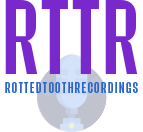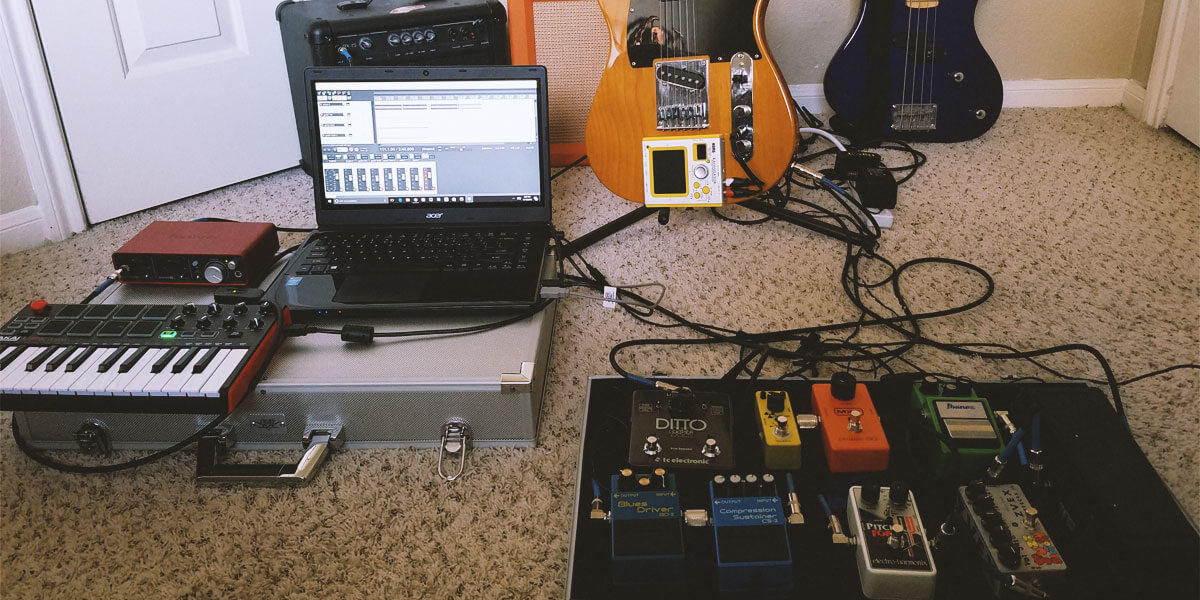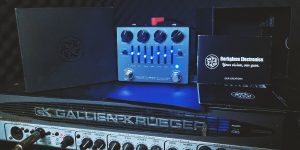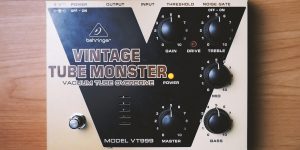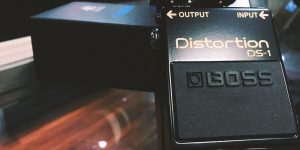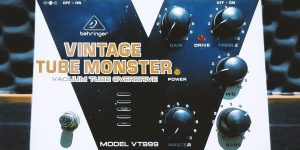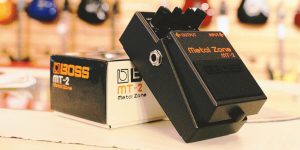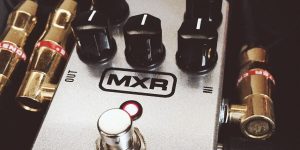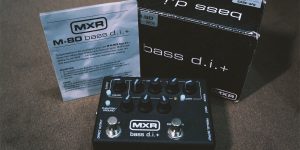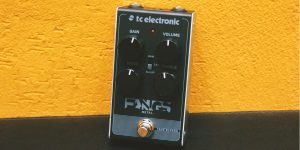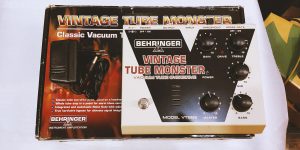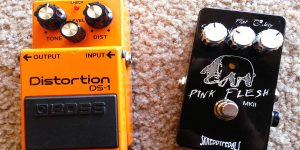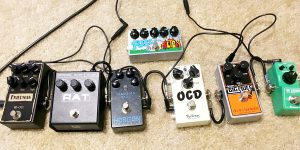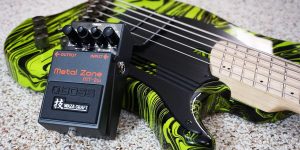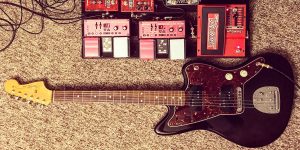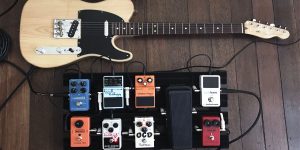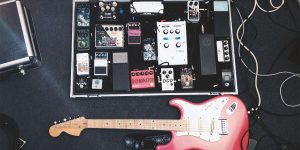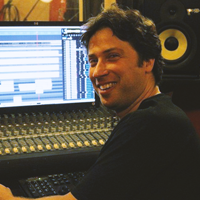Once you buy your first guitar pedal, you may wonder how to use it correctly. If you do not know the nitty-gritty of this electronic device, you may mess it up and get a tone you do not expect to achieve. So, here is a quick and simple explanation of how to use a distortion pedal for its utmost performance and a desirably processed sound.
What cables you will need
Pedals do not come with cables. Therefore, you will need to get some to connect the pedals or hook a pedal to the amplifier.
You will need two extra cables for each pedal you have. One will be used to connect it to the pedal. After that, you will plug the other one into the pedal’s output. Or you can use a patch cable to put distortion pedals in a chain. It can also be used for connecting the pedalboard to your amp.
How to hook a guitar pedal
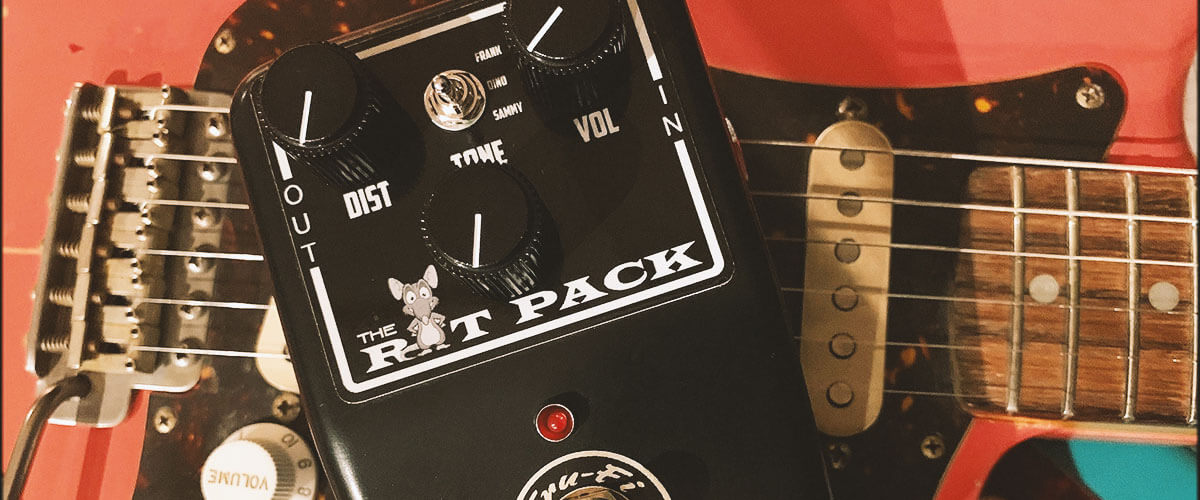
If you have one pedal
Plugging in a guitar pedal is fairly simple. First, you’ve got to connect the guitar to the pedal’s input jack. Next, plug the other cable into the output of the pedal, which will then go to the input of your amp. As you see, this is not rocket science.
If you have two or more pedals
Again, the connection process is not cumbersome at all, though you will need more cables. In case you have, let’s say, two pedals, you will need three cables at hand:
- One cable – to connect the first distortion pedal with an electric guitar;
- The second cable – to connect two pedals together;
- The third cable – to connect the second pedal to the amp.
Here, you can also use patch cables. They are short, so they will keep the pedalboard tidy and mess-free. The more pedals you get, the more you will appreciate the connectivity with short patch cables.
How to chain guitar pedals
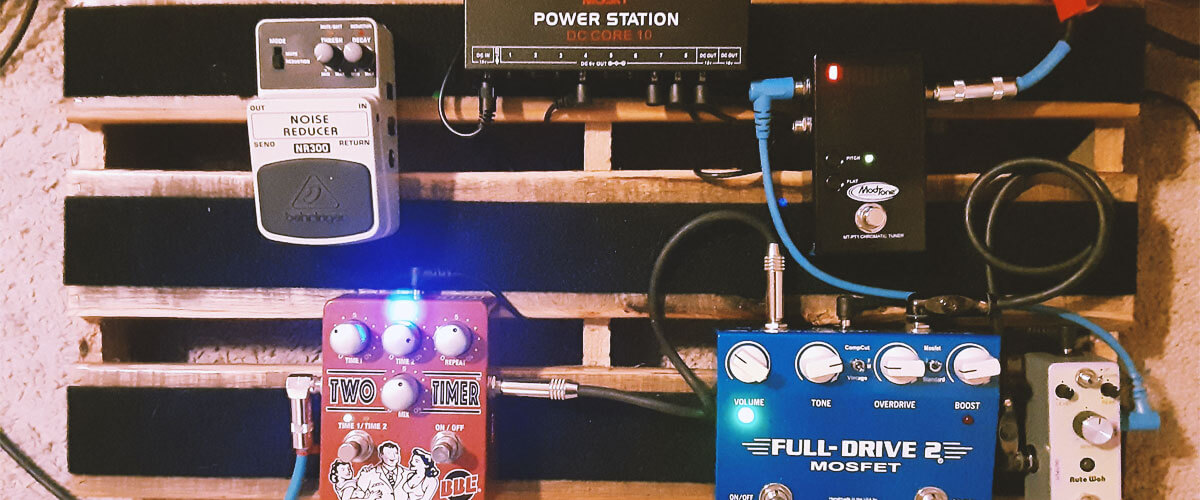
Of course, you may have your own idea of what an appropriate signal path is. But if you are a newcomer to lining up pedals, you may need some guidelines. So, here is a traditional way of plugging pedals together.
- Put pedals that add or amplify noise (distortion effects, wah pedals, compressors) close to the beginning of the signal path.
- Connect pedals that produce tone before ones that modify it (put overdrives before chorus effects).
- Make pedals (delay and reverb) that create ambiance go last.
Approaches toward using a guitar pedal
On-demand
That’s how most guitarists will use the pedal. First, they will turn the effect on during a definite part of a song. Then, they will turn it off. For example, a guitar player will turn a wah pedal on while playing a solo to color the guitar tone. When the solo is over, they will turn the pedal off.
Always-on
This approach is frequently overlooked. Yet, it can enhance the normal guitar tone while you play all the way. To achieve this effect, you’ve got to keep the pedal on during the song. This way, you will add character to your tone.
